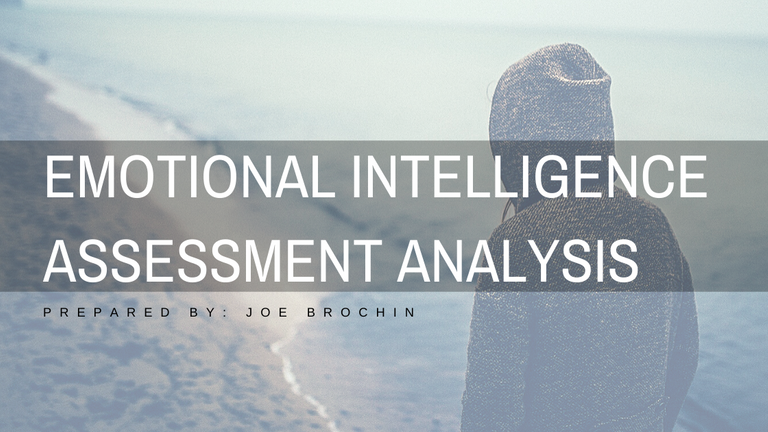Emotional Intelligence Assessment Analysis

This paper is an analysis of the Test Your Emotional Intelligence assessment provided by Greater Good Magazine, which is published by the University of California Berkeley. It is found online at the URL https://greatergood.berkeley.edu/quizzes/ei_quiz.
The evaluation intends to score a person's ability to read the facial expressions of others. The assessment consists of twenty different images of men and women of different races who display a facial expression. The test taker is required to select from four possible answers to the type of emotion shown in the facial expression.
My overall score was 18 out of a possible 20. Based on this score, the results state that I have a strong ability to read other people and understand what they are feeling. According to the results, my score places me in the upper levels of emotional intelligence. There were two facial expressions I did not classify correctly.
Embarrassment was the first facial expression I missed. I was not aware that the touching of the face happens in almost thirty percent of people displaying Embarrassment. The results of this particular question stated some experts theorize that the touching of one's face is a defensive act in protection of the face after offending social norms. My incorrect answer to this facial expression was that the person was showing Shame. However, with Shame, the head most often moves down and not to the side as with Embarrassment, and with Shame, there is no slight smile.
Love was the second facial expression I missed. My incorrect answer to this facial expression was that the person was displaying Happiness. This mistake is understandable since the facial expression for Love closely resembles the appearance of Happiness. Both expressions share the lip corners being pulled up and tightening of the lower eyelids. However, the facial expression of Love adds a tilt of the head to the side. According to the test results, this is a sign of intimacy and connection beyond just happiness.
Overall, it seems I am very good at identifying facial expressions, but could still use some more practice, which the UC Berkeley website provides. I am not sure what to make of the fact that the two expressions I missed were Embarrassment and Love. However, I can see how not interrupting these expressions correctly and responding to those expressions incorrectly based on what I thought the expression was could be problematic.
My conclusion is that although I seemed to have done well on the test, I still need to work with identifying differences between Embarrassment and Shame, along with Love and Happiness. It also has made me more aware of my facial expressions in my interpersonal relationships with others and that I need to be cognizant of how my facial expressions communicate with others, not just my words or body language.
This is a continuation of my series of posts I will be making in which I share some of my course work toward my Doctor of Technology degree with a concentration in Leadership and Innovation. Please share any thoughts you may have or would like to share on this topic.
Thanks,
Joe B.
